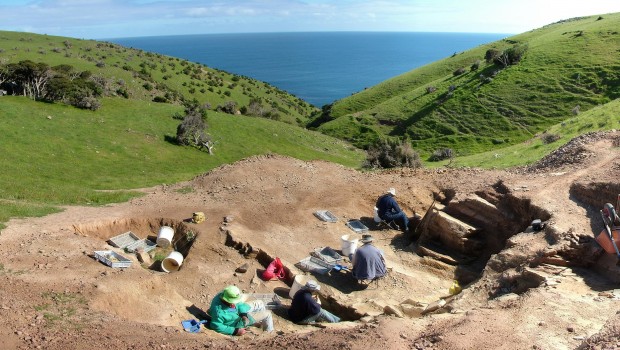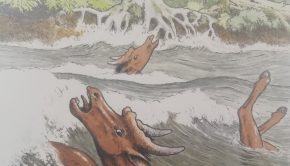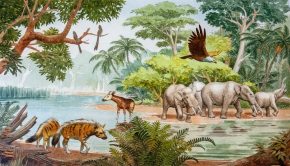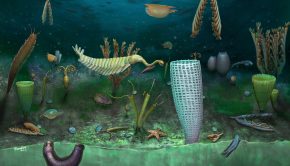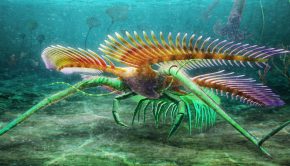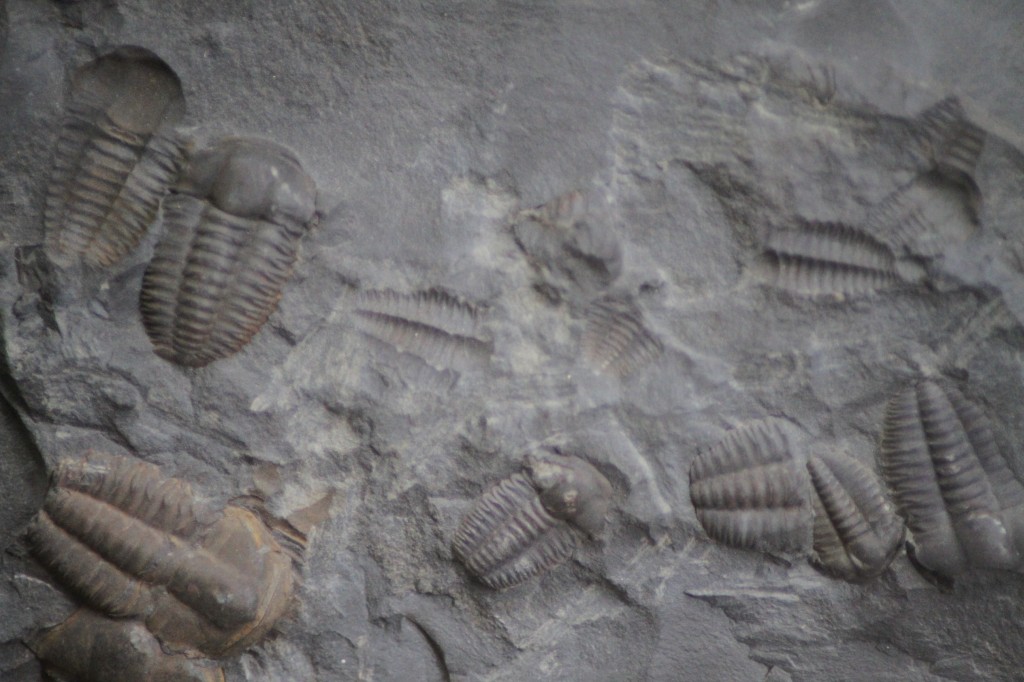Episode 36: Emu Bay Shale
The Emu Bay shale is a Burgess Shale-type lagerstätte from the Early Cambrian of South Australia. We speak to Dr John Paterson, of the University of New England, all about the locality and the fossils it contains.
Podcast: Download (Duration: 36:51 — 50.6MB)
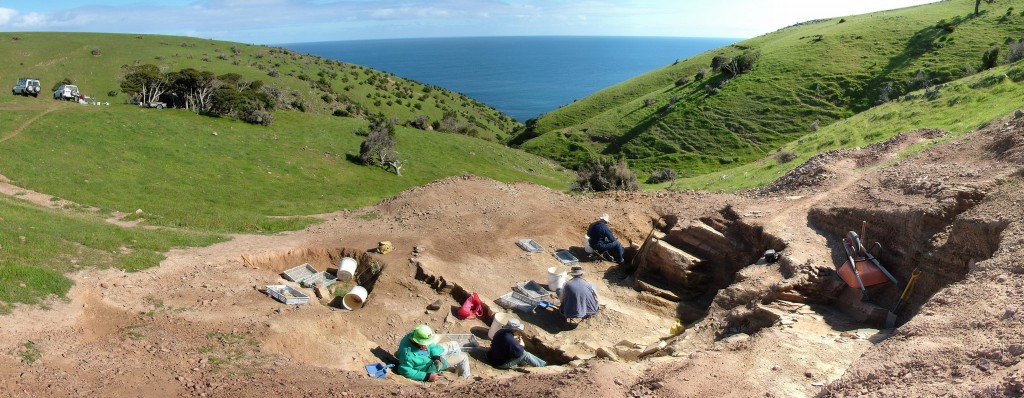
Buck Quarry (near Emu Bay on the north coast of Kangaroo Island) is the site of the main excavations and the source of recent Emu Bay Shale discoveries. This locality has been worked on since September 2007.
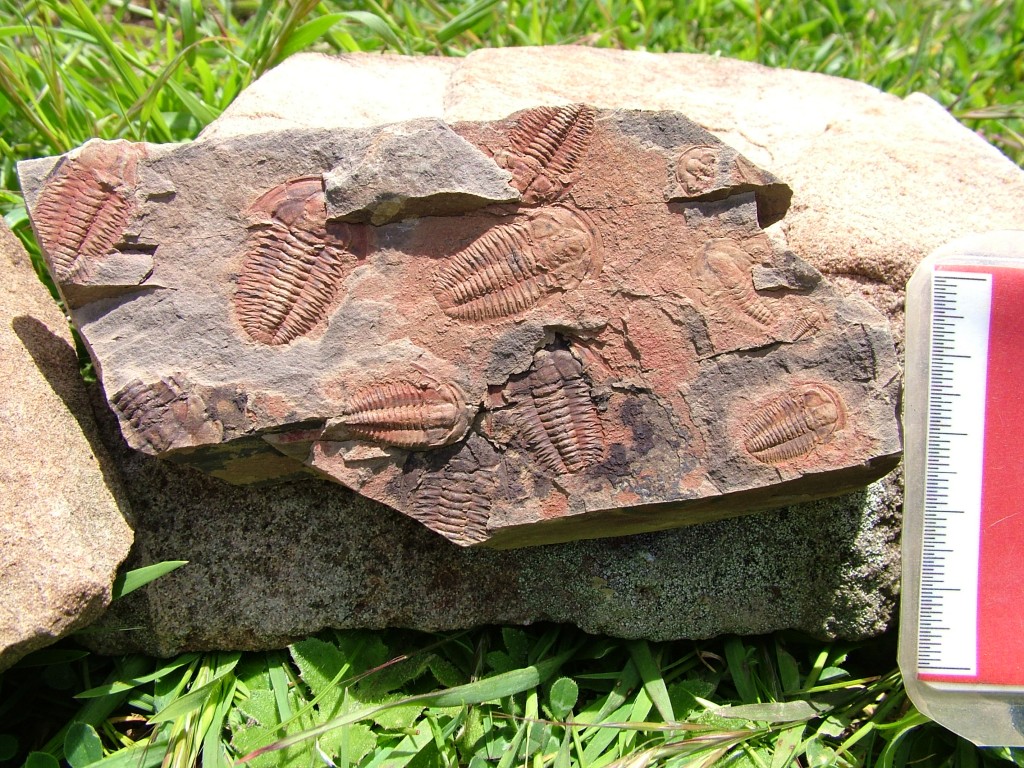
Specimens of Estaingia bilobata are by far the most abundant fossils found in the Emu Bay Shale. They are a common sight, with almost every blow of the hammer revealing these prevalent beasts! Frustratingly, they often get in the way of some of the more important fossils!
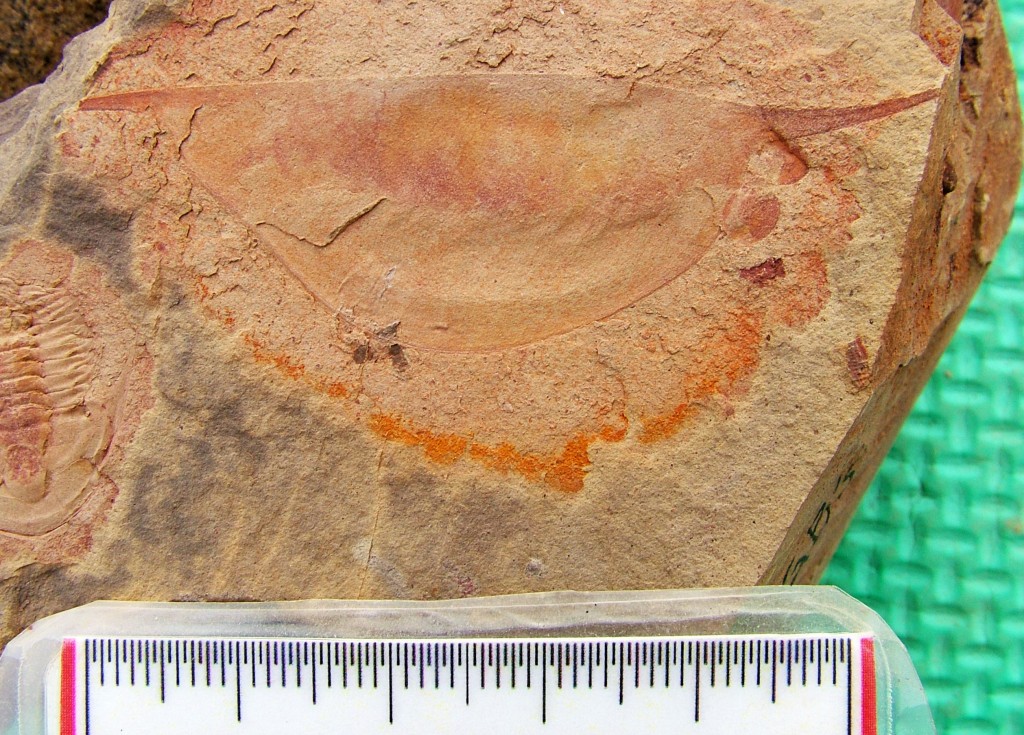
The bivalved arthropod Isoxys communis is the most common soft-bodied species in the Emu Bay Shale, with specimens often preserved with eyes (as in this specimen).
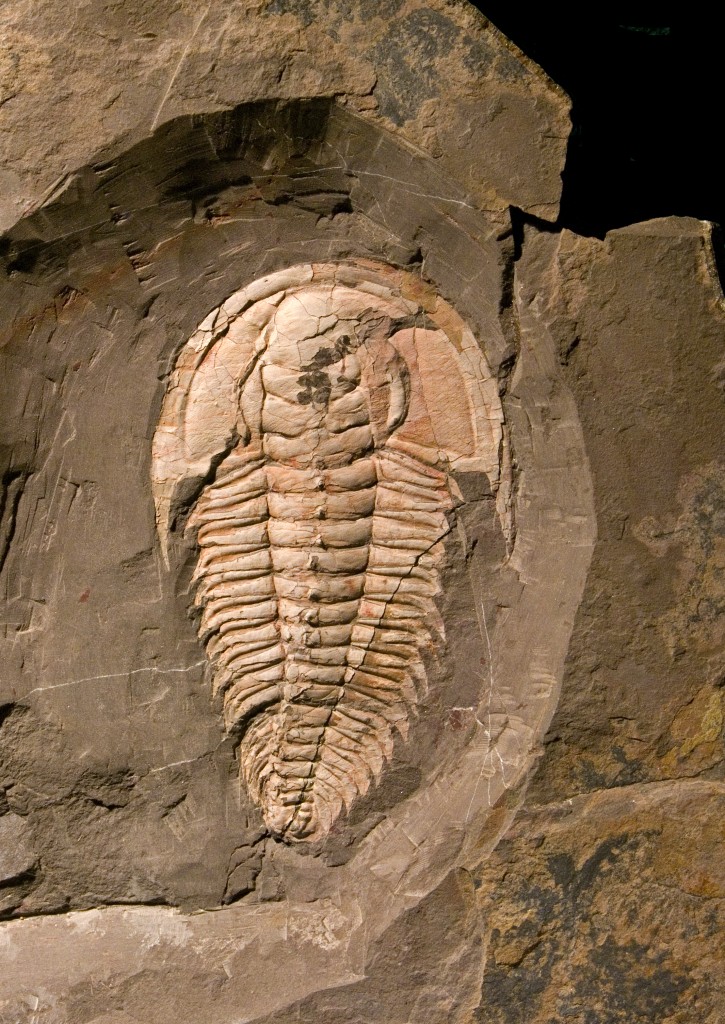
Redlichia takooensis represents the “daddy” of the Emu Bay Shale trilobites, with some specimens reaching 25 cm in length. This specimen is only a mere 12.5 cm long.
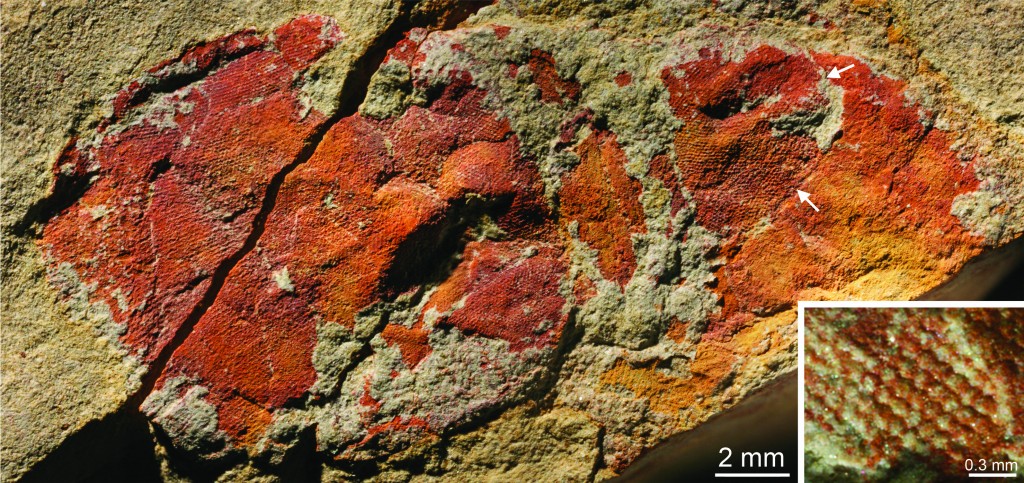
The famous Anomalocaris eye specimen, with enlargement of the lenses (inset). More complete eye, showing transition between visual surface and eye stalk (white arrows). Inset, Detail of ommatidial lenses in counterpart SAM P45920b. Scale bar, 0.3mm.
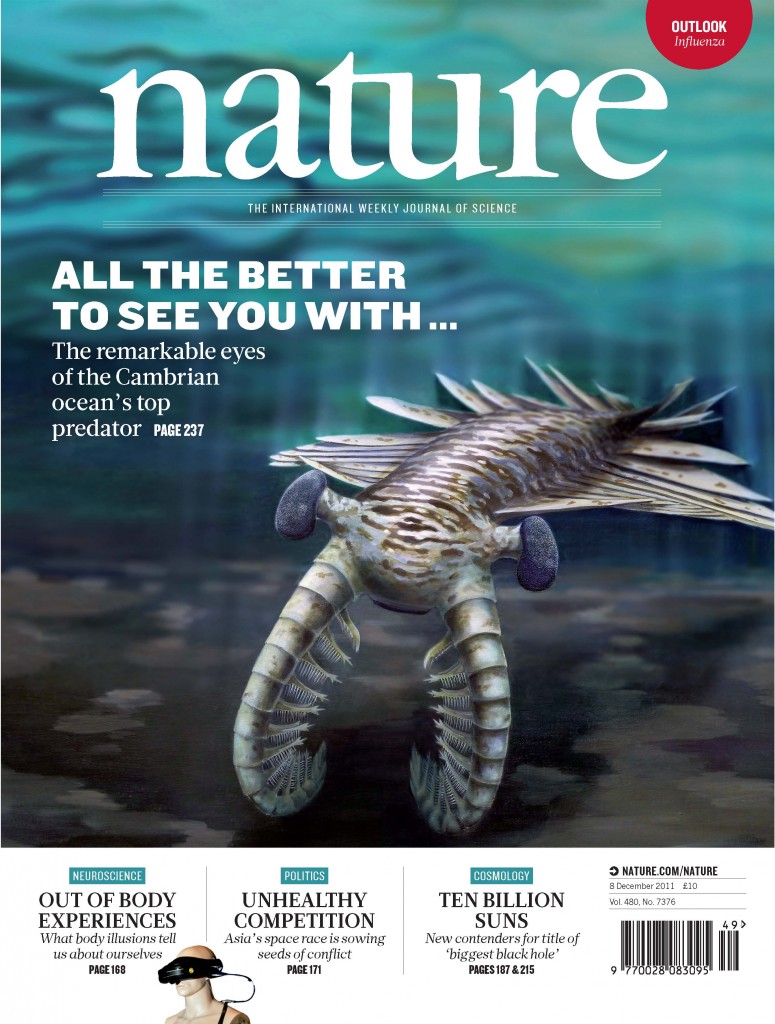
This discovery made the front page of the journal Nature with a paper entitled ‘Acute vision in the giant Cambrian predator Anomalocaris and the origin of compound eyes’.
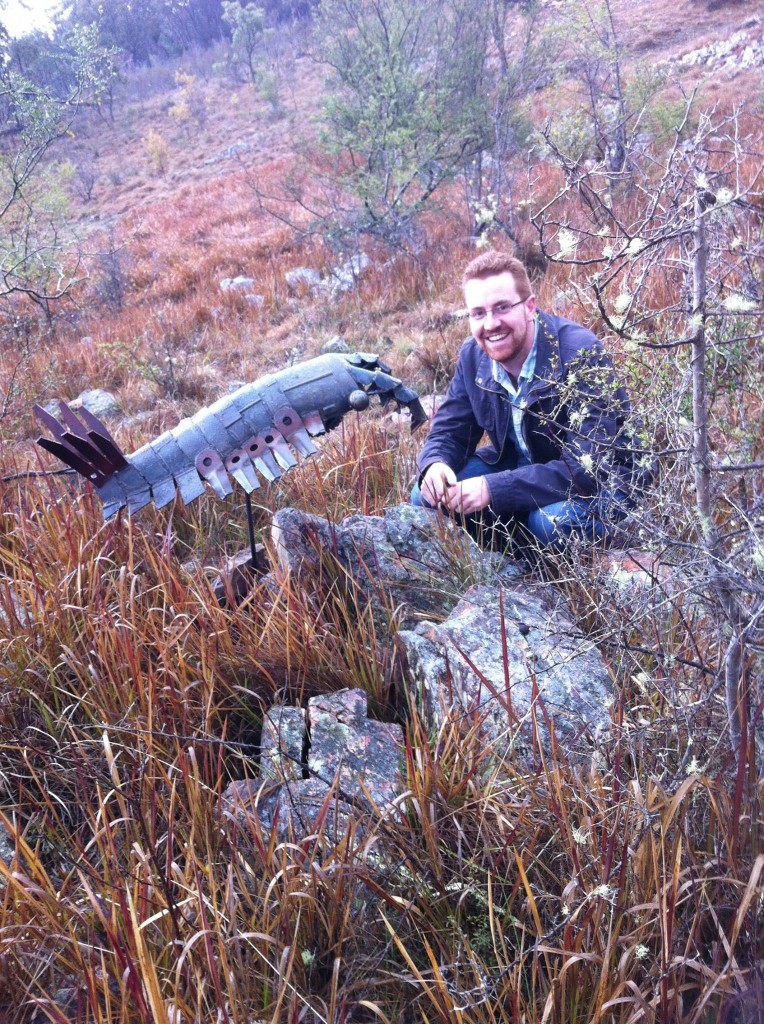
This is a recent photo of me posing with my metal Anomalocaris sculpture, which was given to me for my birthday this year. Cool, hey? It’s nickname is “Metalocaris”.

